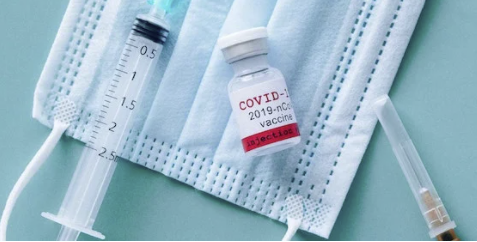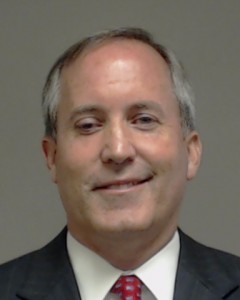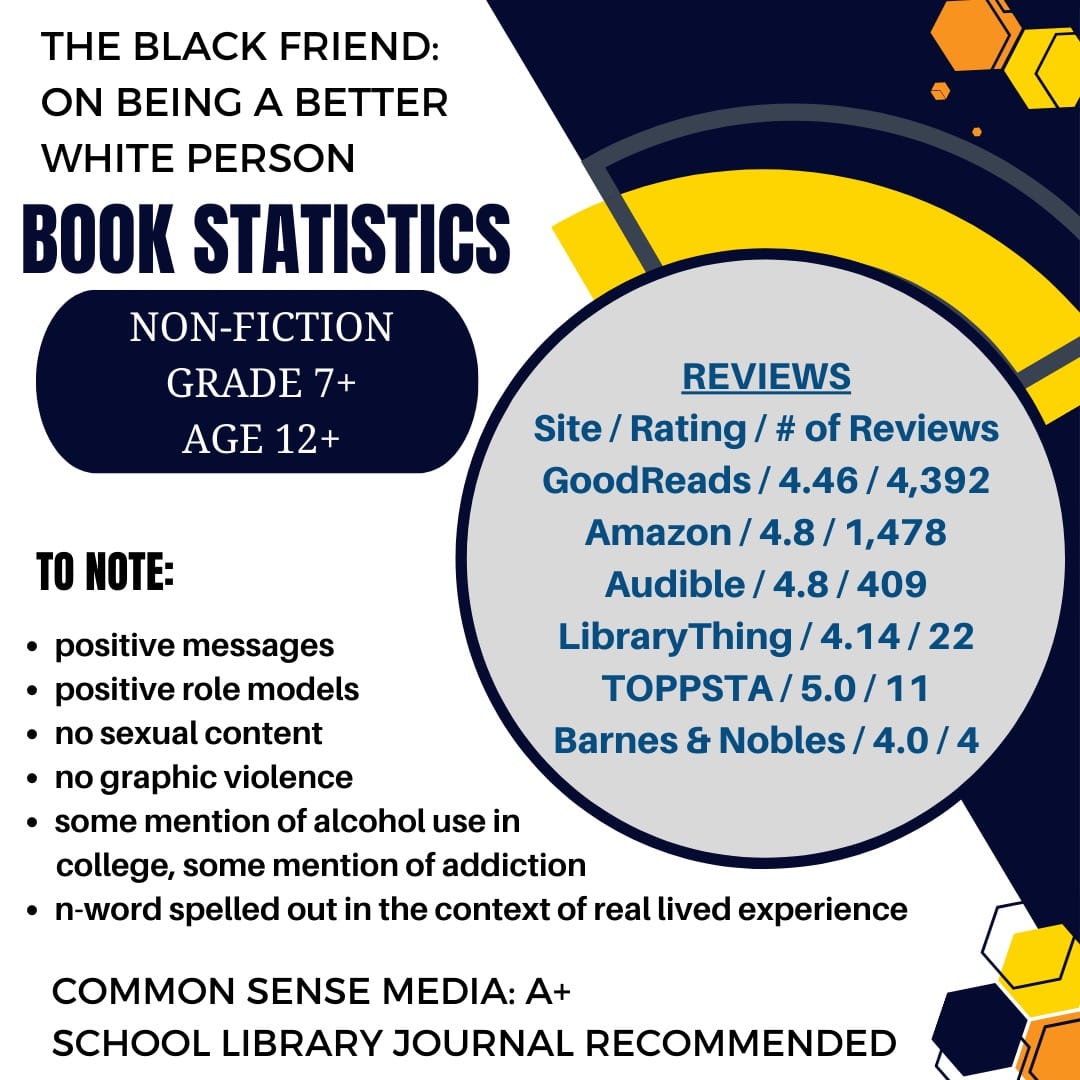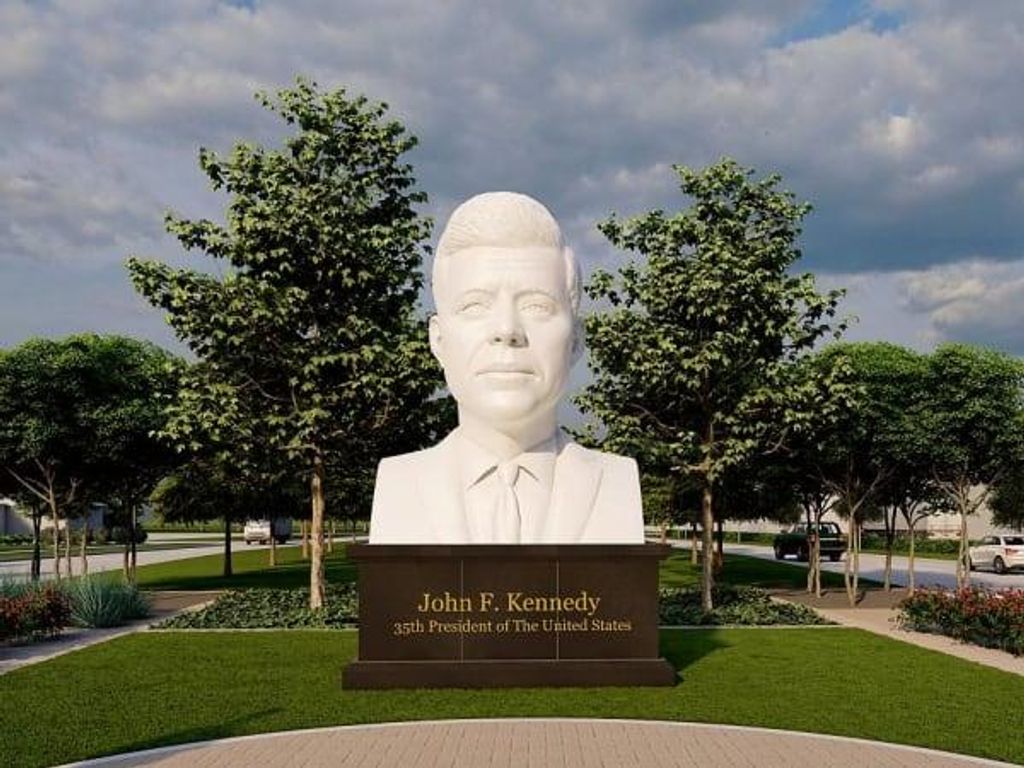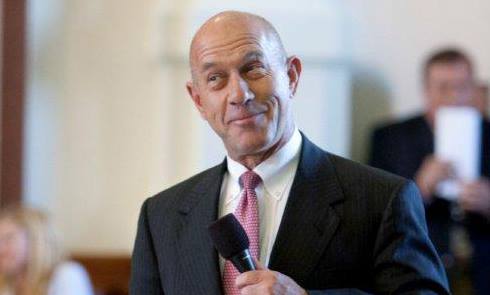Good.
New Mexico’s top prosecutor on Monday asked the state’s highest court to overturn abortion bans imposed by conservative local governments in the Democratic-run state where the procedure remains legal after Roe v. Wade was struck down.
The move comes after the New Mexico cities of Hobbs, Clovis and two surrounding counties bordering Texas passed ordinances in recent months to restrict abortion clinics and access to abortion pills.
New Mexico Attorney General Raul Torrez filed an extraordinary writ in New Mexico Supreme Court to block the ordinances which he said were based on flawed interpretations of 19th century federal regulations on abortion medication.
“This is not Texas. Our State Constitution does not allow cities, counties or private citizens to restrict women’s reproductive rights,” Torrez said in a statement.
[…]
New Mexico’s largest cities of Las Cruces and Albuquerque have become regional destinations for women seeking abortions since the U.S. Supreme Court in June ended the nationwide constitutional right to the procedure.
Located on New Mexico’s eastern plains, Clovis and Hobbs do not have abortion clinics but approved ordinances to stop providers locating there to serve patients from Republican-controlled Texas, one of the first states to impose a near-total ban on abortion.
In direct response, New Mexico Democrats have drafted legislation to prevent cities from overriding state laws guaranteeing womens’ rights to reproductive healthcare. The legislation is due to be debated this month and has a strong chance of passing the Democratic-controlled state legislature.
See here for some background, and here for a reminder that New Mexico has been a regional access point for abortion for some time now.
More details here.
It’s not clear how soon the New Mexico Supreme Court could decide to take up the issue. Torrez said he hopes his petition to the Supreme Court will inspire a quick response within weeks or months — avoiding the potentially yearslong process of pursuing a civil lawsuit.
The filing targets Roosevelt and Lea counties and the cities of Hobbs and Clovis — all on the eastern edge of the state near Texas, where most abortion procedures are banned.
Clovis and Lea County officials declined to comment Monday, citing pending litigation. Officials could not immediately be reached in Hobbs and Roosevelt County.
Prosecutors say abortion ordinances approved in November by an all-male city council in Hobbs and in early January by Roosevelt County define “abortion clinic” in broad terms, encompassing any building or facility beyond a hospital where an abortion procedure is performed — or where an abortion-inducing drug is dispensed, distributed or ingested.
Torrez warned Roosevelt County’s abortion ordinance in particular gives private citizens the power to sue anyone they suspect of violated the ordinance and pursue damages of up to $100,000 per violation.
“The threat of ruinous liability under the law operates to chill New Mexicans from exercising their right to choose whether to terminate a pregnancy and health care providers from providing lawful medical services,” the attorney general wrote in his petition to the state Supreme Court.
In 2021, the Democrat-led Legislature passed a measure to repeal a dormant 1969 statute that outlawed most abortion procedures, ensuring access to abortion in the aftermath of the U.S. Supreme Court’s decision last year that overturned Roe v. Wade.
Gov. Michelle Lujan Grisham said she wants to see legislation that would codify the right to an abortion across the state.
Lawmakers have already proposed measures that would prohibit local governments from placing restrictions on abortion access — and call for putting in place protections for doctors and patients.
During her reelection campaign last year, Lujan Grisham cast herself as a staunch defender of access to abortion procedures. She has called a local abortion ordinance an “affront to the rights and personal autonomy of every woman in Hobbs and southeastern New Mexico.”
In June, the governor signed an executive order that prohibited cooperation with other states that might interfere with abortion access in New Mexico, declining to carry out any future arrest warrants from other states related to anti-abortion provisions.
The order also prohibited most New Mexico state employees from assisting other states in investigating or seeking sanctions against local abortion providers.
She followed up in August with another executive order that pledged $10 million to build a clinic that would provide abortion and other pregnancy care in Southern New Mexico.
Not much for me to add here other than I wish Attorney General Torrez good luck. This is clearly the right approach to take, and I hope the New Mexico legislature follows up as well. I look forward to the day when the state of Texas doesn’t make it necessary for them to do all this extra stuff. The Albuquerque Journal has more.

